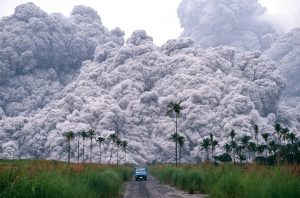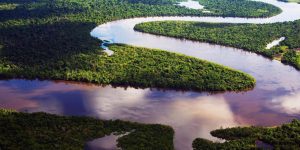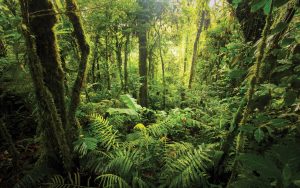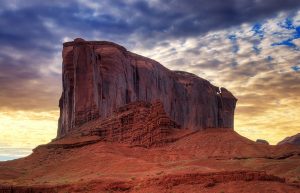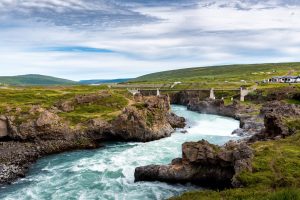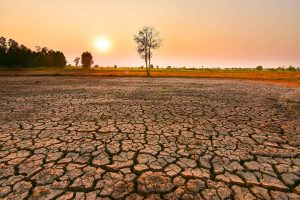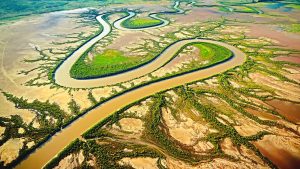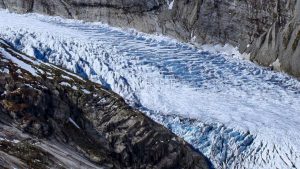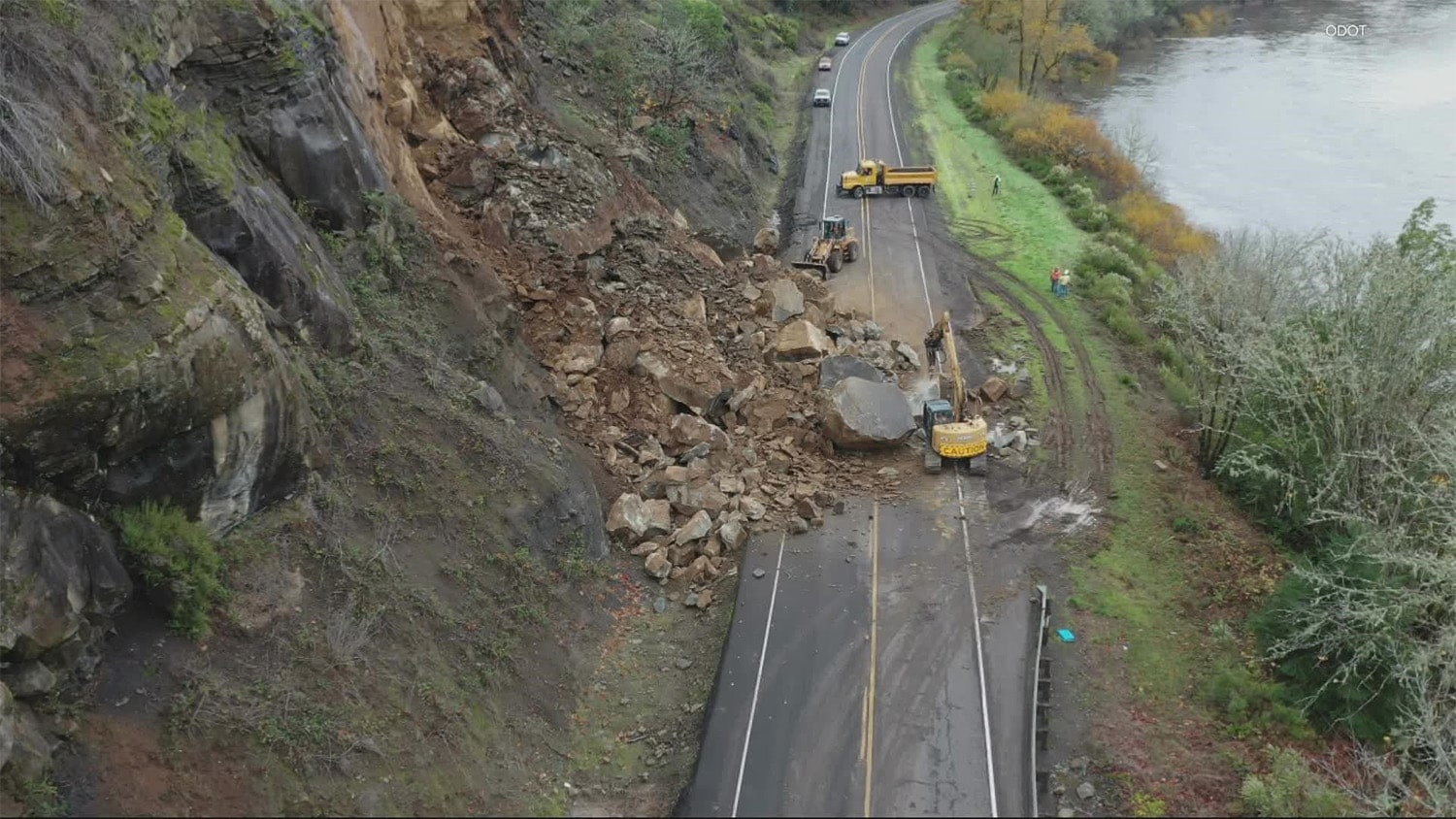
29 interesting facts about Landslide
- 👁️ 1373
Landslides, a natural geological phenomenon, involve the movement of rock, earth, or debris down a slope due to gravity. They can be triggered by various factors, including earthquakes, volcanic eruptions, heavy rainfall, rapid snowmelt, and human activities that destabilize the ground. Landslides are significant as they can reshape the earth’s surface, causing damage to property and infrastructure, and in severe cases, lead to loss of life. Understanding landslides is crucial for disaster preparedness and mitigation efforts in vulnerable regions. Here are 29 interesting and informative facts about landslides and their impact on the environment and human societies.
- Landslides can be classified into several types based on their movement and material, including rockfalls, mudslides, and debris flows.
- The speed of a landslide can vary dramatically, from extremely slow creep that moves only a few millimeters per year to rapid flows that can exceed 100 kilometers per hour (62 mph).
- The deadliest recorded landslide occurred in 1949 in the Khait landslide, Tajikistan, causing over 28,000 fatalities.
- Water from heavy rains or melting snow is often a key trigger for landslides by increasing the weight and reducing the cohesion of soil and rock.
- Deforestation and land-use changes can significantly increase the risk of landslides by removing vegetation that stabilizes the soil.
- The 1980 eruption of Mount St. Helens triggered a massive landslide, the largest in recorded history, which dramatically altered the surrounding landscape.
- Landslides can cause tsunamis when large volumes of debris fall into a body of water.
- Global warming and the resultant increase in extreme weather events are expected to increase the frequency and intensity of landslides.
- Landslide mitigation strategies include slope stabilization, drainage control, and the use of retaining walls.
- The term “lahar” refers to a volcanic mudflow or debris flow, which is a type of landslide involving volcanic material.
- Early warning systems for landslides monitor rainfall, ground vibrations, and changes in slope stability.
- In the United States, landslides cause an estimated $1-2 billion in damages and more than 25 fatalities annually.
- The Himalayas, one of the most landslide-prone regions in the world, experience frequent landslides during the monsoon season.
- Soil liquefaction during earthquakes can lead to landslides by causing solid ground to behave like a liquid.
- Landslides can block rivers, creating natural dams that pose a risk of subsequent flooding if the dam breaks.
- The Vajont Dam landslide in Italy (1963) was one of the worst landslide-induced disasters in Europe, causing around 2,000 deaths.
- Landslides can also occur underwater, known as submarine landslides, and can trigger tsunamis.
- Human activities such as mining, construction, and road building can significantly increase landslide risk.
- In 1958, a landslide in Lituya Bay, Alaska, caused a mega-tsunami, with the wave reaching a height of 524 meters (1,720 feet).
- Landslide deposits, known as colluvium, can preserve a record of past environmental conditions.
- The study of landslides and their effects is known as geomorphology.
- Landslides are more common in areas with steep slopes, loose or weak soil, and high levels of precipitation.
- NASA uses satellite imagery to monitor and study landslides worldwide.
- Ancient landslides can be identified by disrupted or displaced layers of earth and rock.
- The term “avalanche” is often used specifically for snow landslides.
- Landslide insurance is available but not commonly included in standard homeowners’ policies.
- Some plants have deep root systems that can help stabilize slopes and reduce landslide risk.
- The International Consortium on Landslides is an organization dedicated to landslide research, risk assessment, and mitigation.
- Landslides can uncover archaeological sites and fossils, providing valuable information to scientists.
Landslides are a powerful natural force capable of reshaping landscapes and impacting human life. They remind us of the dynamic nature of the Earth and the need for careful management of our environment to mitigate risks. Understanding the causes and effects of landslides is essential for developing effective disaster preparedness and response strategies. As we continue to study and learn from landslides, we can better protect vulnerable communities and minimize the impact of these events on society.

